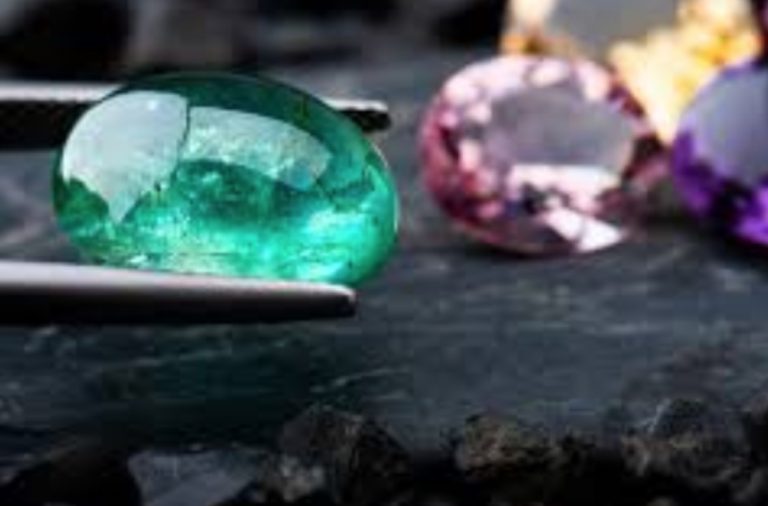Shopping for jewellery can certainly be a pain, what with all the options, price points and manufacturing processes to choose from, but there’s one thing that many people don’t consider at all – the durability of the gemstones in their jewellery. Although gems might seem like they will last until the end of time, this is definitely not the case, and the durability they are measured against is called the “Mohs scale.” In this article, we take a look at what the Mohs scale means in relation to gem durability, and whether you should pay closer attention to this measurement.
Mohs scale basics
As the best jewellers in Melbourne might be able to tell you, Mohs matters. Durability for gemstones is a combination of hardness, toughness, and stability, with gems potentially reflecting different levels of these in their makeup. In essence, the durability of gems will be affected over time by things like wear and tear, the presence and intensity of heat and light, some chemicals, and fluctuations in humidity. The hardness also indications how well certain gems stack up to scratches and abrasions. The Mohs scale reflects all of this information with a simple 1 to 10 scale, with 1 indicating a soft gem and a 10 indicating a hard gem. The number that relates to each gem is developed in a very simple way – if a gem can scratch another gem, it is harder than that gem, so as no other gem can scratch a diamond, it’s rated as a 10 on the Mohs scale, while the only thing that can scratch a sapphire is a diamond, so it is rated as a 9. There are of course degrees of this on the scale, as a diamond is four times harder than a sapphire in this instance.
What gems should you be choosing for jewellery?
Although this ranking system might cause concern for some people who want gems other than diamonds in their ring, a bit of knowledge can help considerably in guiding your purchase. It is generally the case that stones designated for rings should lie north of a Mohs rating of 7, as any gems below this 7 rating are considered too soft to hold up to the rigours of everyday wear. Even with this 7 rating, stones of 8 or more are generally considered better choices due to their ability to withstand more knocks. Gems that are an 8 or over on the Mohs scale are still for the most part those chosen on popular rings, such as diamond, moissanite, emerald and sapphire, but in the case of emerald there is still potential for breaks and chips due to consistent internal fractures. If you like the idea of gems rated around 7 on the scale – such as aquamarine, morganite, tourmaline, and garnet, you can still absolutely opt for them, but you’ll just have to exercise more care.
Take care of your jewellery
Although the Mohs scale is a good sign of gem hardness, it shouldn’t mean that carelessness is allowed with harder gemstone ratings – even diamonds can chip, after all. Be aware of the gems on your jewellery, and take excellent care of them even if they have a particularly high Mohs rating. If you’re accident-prone, however, a diamond may be the best option for you!


0 Comments